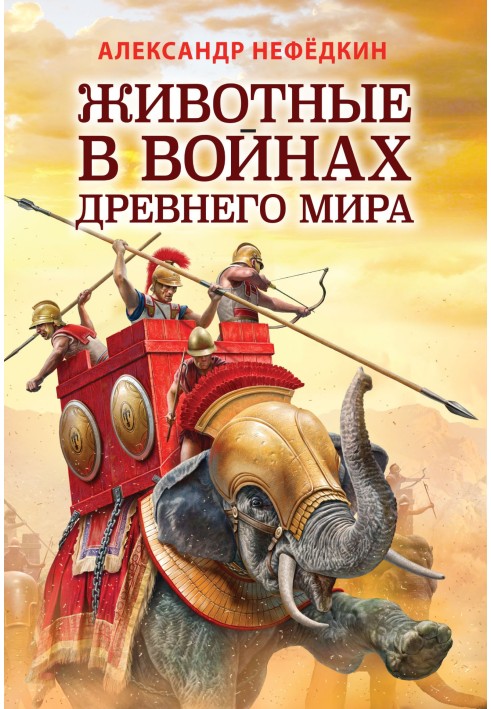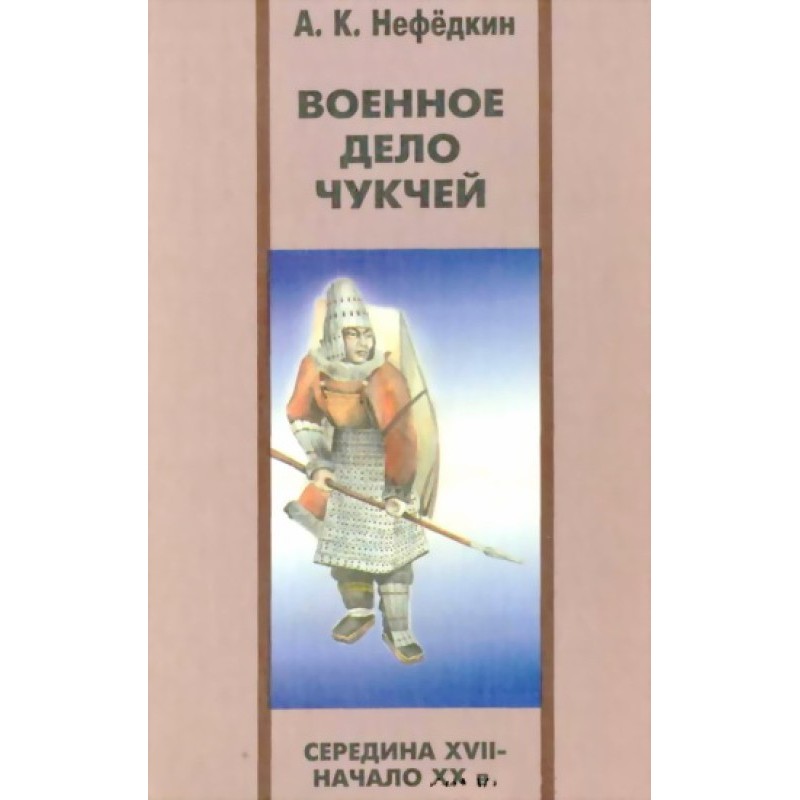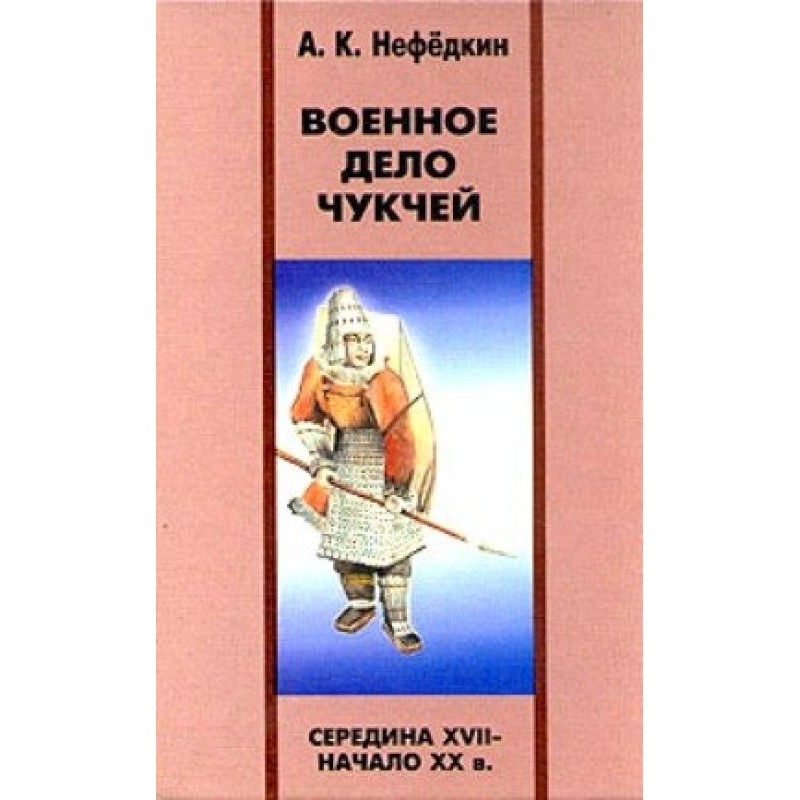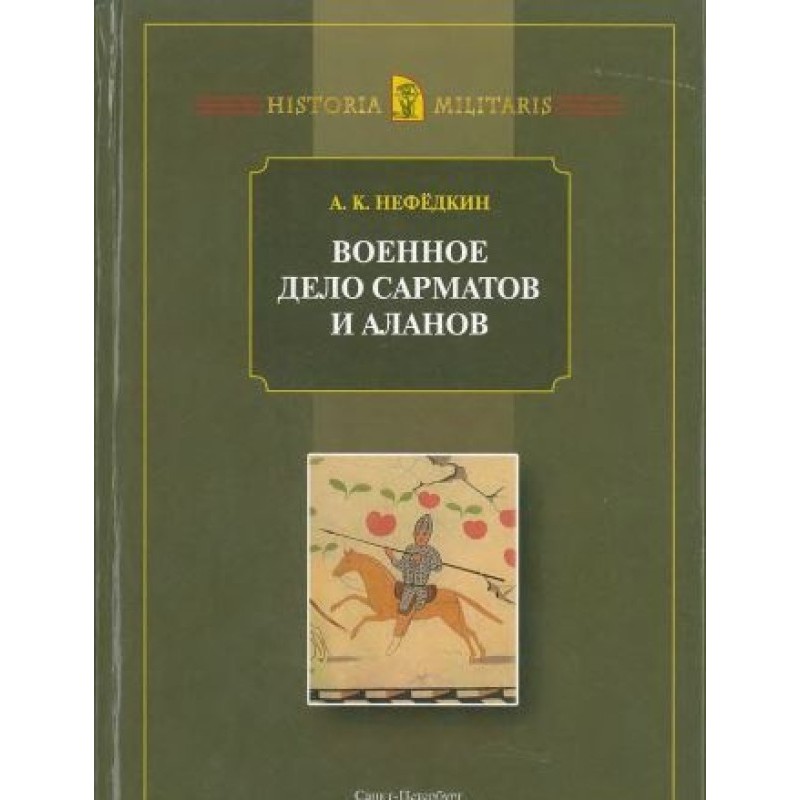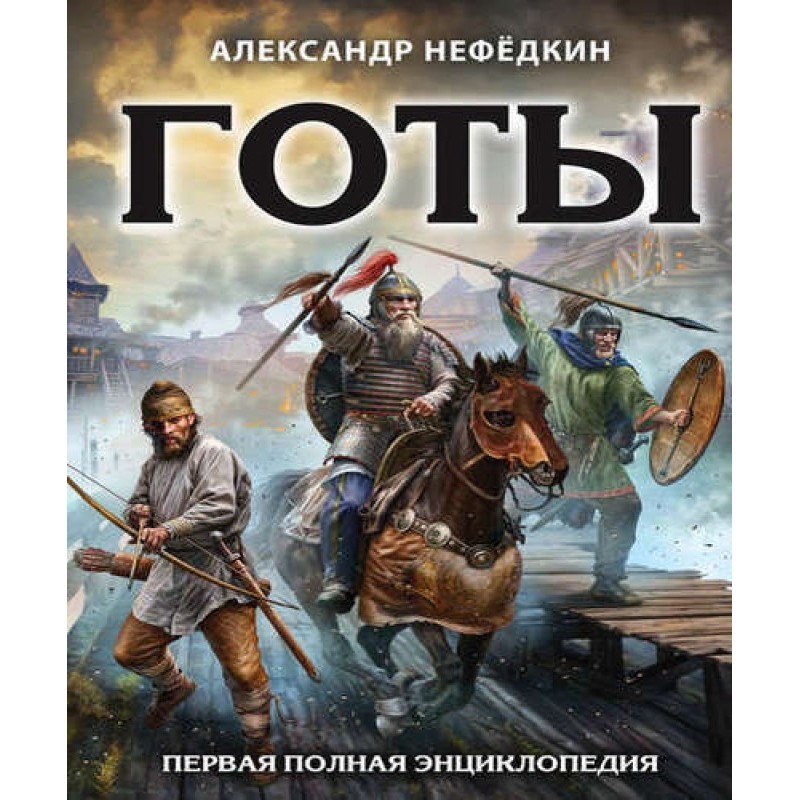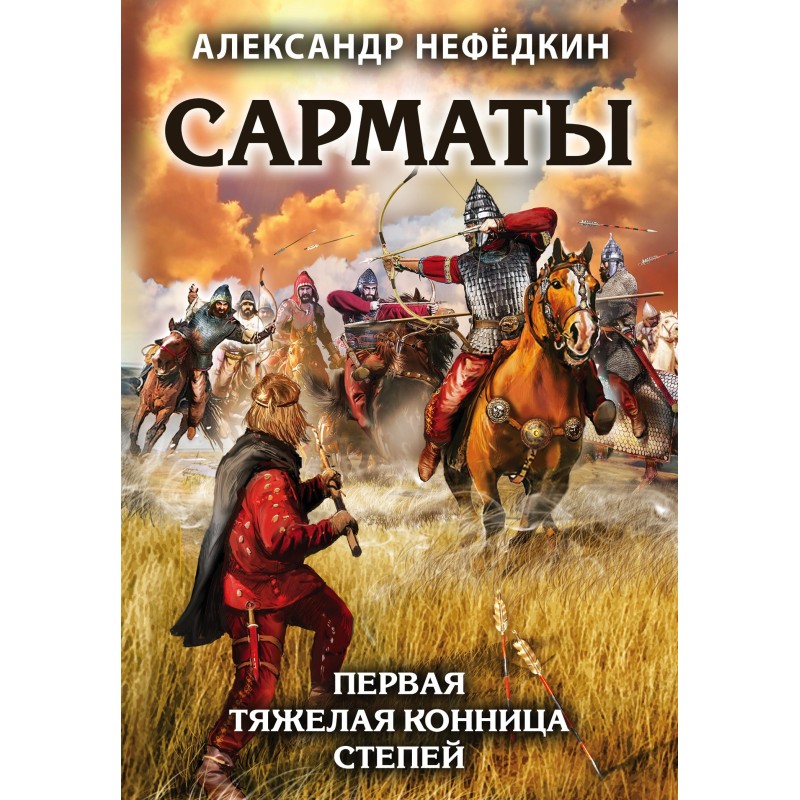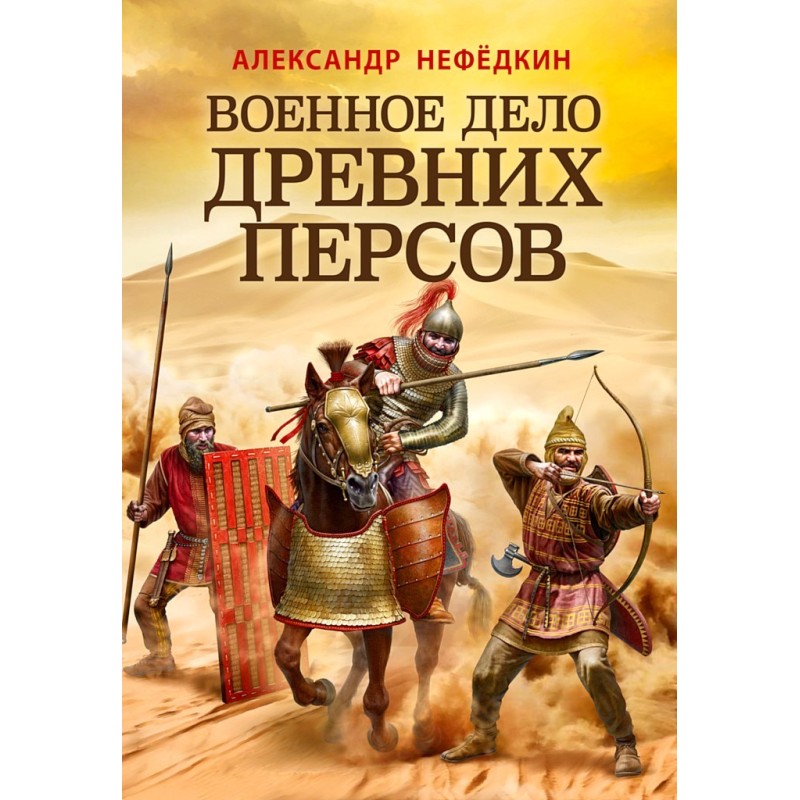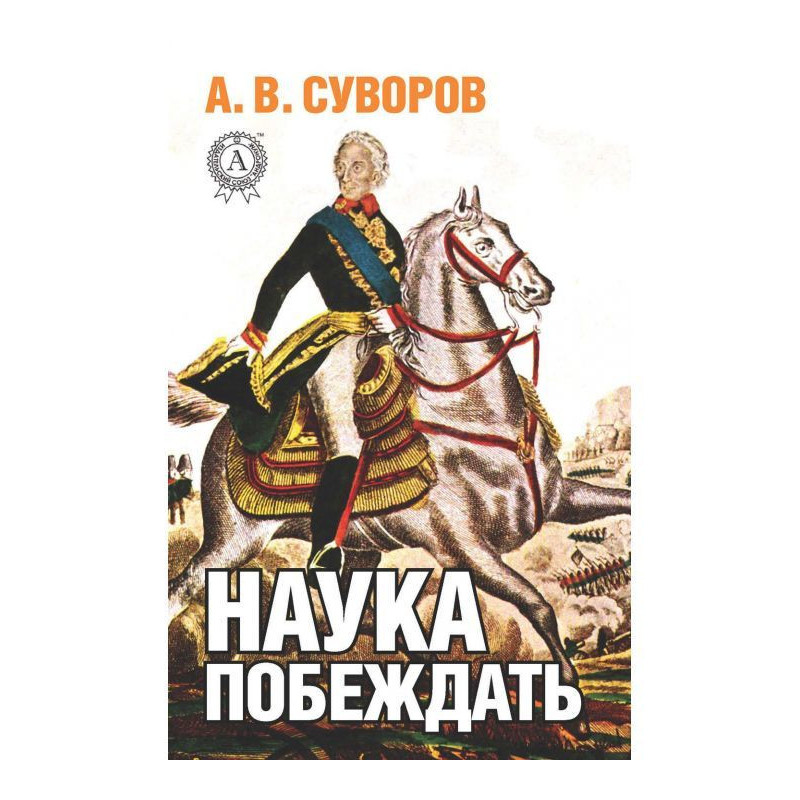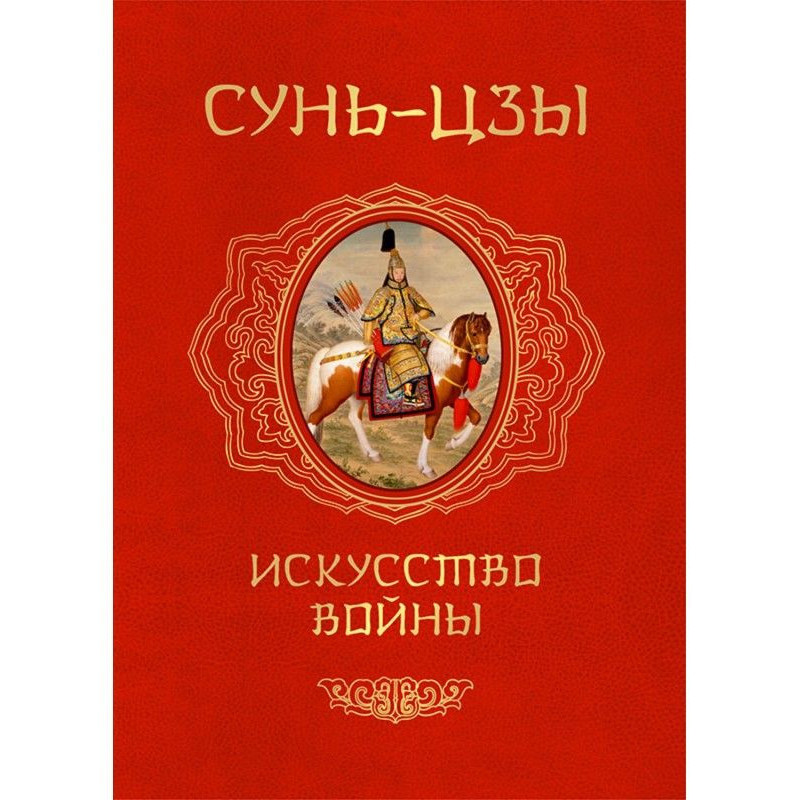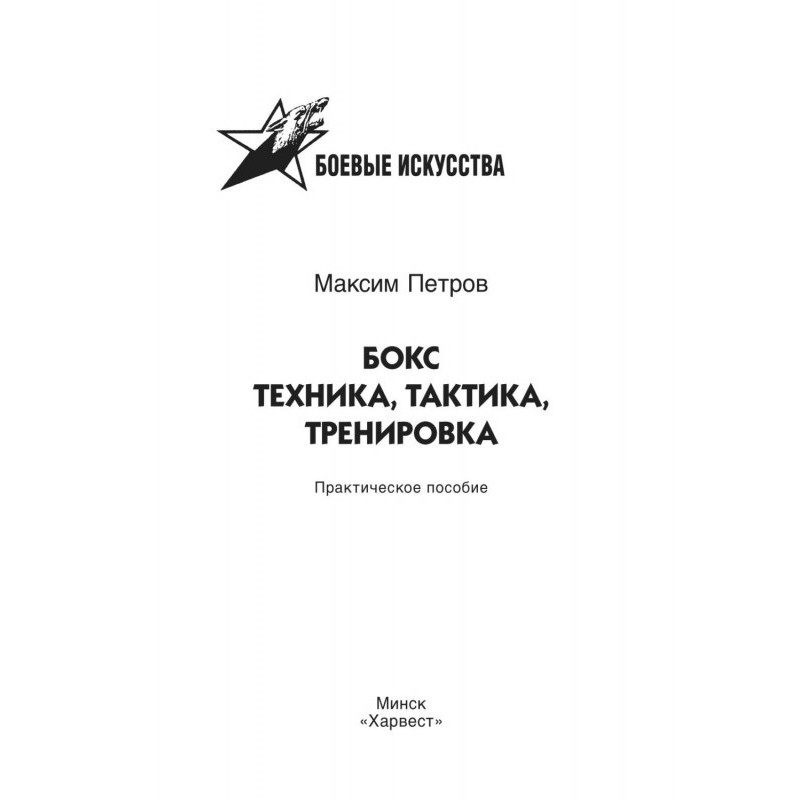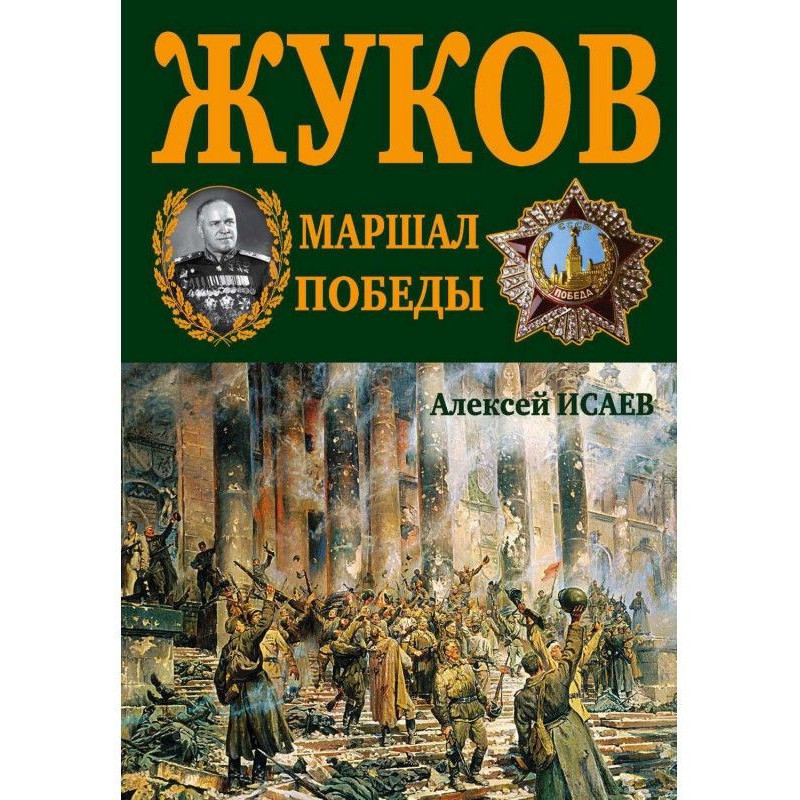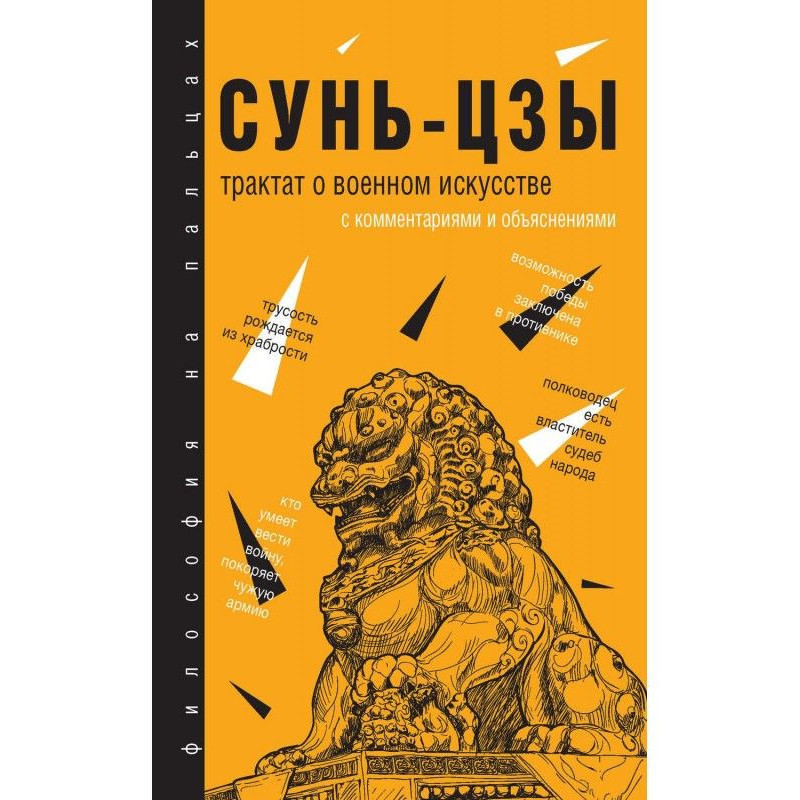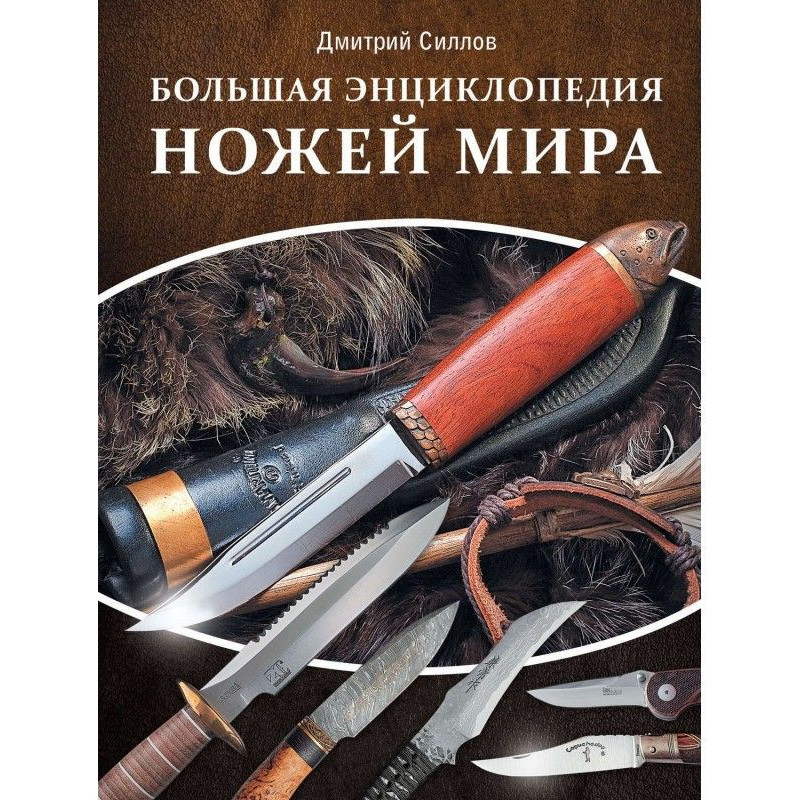Animals in the wars of the ancient world
 Instant download
Instant download
after payment (24/7)
 Wide range of formats
Wide range of formats
(for all gadgets)
 Full book
Full book
(including for Apple and Android)
The term "elephantery", recently introduced into the Russian language, refers to war elephants as a branch of the military. Elephants were first used for military purposes approximately three thousand years ago in Ancient India. The “crew” of the elephant consisted of two or three people - the warriors sat on a motley blanket or on a special saddle, and the elephant’s legs were guarded by four infantrymen assigned to the animal (“foot guards”). Elephanteria was the main striking force of the Indian army: at the Battle of Hydaspes (326 BC), the elephants of Raja Porus attacked the legendary phalanx of Alexander the Great. After the battle, Alexander formed a guards troop from captured elephants, placing heavily armed hoplite infantrymen on the backs of the animals. The Hellenistic era truly became the heyday of elephantery. In the third - middle of the 2nd century. BC. The armies of the most powerful states (Macedonia, Syria, Egypt) were armed with dozens of war elephants. The Romans, who learned to successfully fight Elephantheria, also acquired this type of military. The elephants of the Eternal City fought with the Macedonians, Spanish Celtiberians, Allobrog Gauls, and Emperor Claudius even planned to use them on a campaign to Britain in 43 AD. A new book by a famous specialist in the military history of ancient peoples, Doctor of Historical Sciences A.K. Nefedkina restores in detail the history of the combat use of not only elephants, but also dogs, horses, donkeys, bulls, and camels during military conflicts of the Ancient World.
Data sheet
- Name of the Author
- Александр Нефедкин Константинович
- Language
- Ukrainian
- Release date
- 2021
Reviews
Неперевершене дослідження військової історії
Книга "Тварини у війнах стародавнього світу" - це справжня знахідка для всіх, хто цікавиться військовою історією та роллю тварин у бойових діях. Автор детально розглядає використання бойових слонів, їхню тактику, а також вплив на хід історичних подій, що робить цю книгу не лише пізнавальною, але й захоплюючою. Я був вражений, як автор зумів відтворити атмосферу тих епох, описуючи битви, в яких брали участь слони, коні та інші тварини. Особливо цікаво було дізнатися про битву при Гідаспе та про те, як Олександр Македонський використовував трофейних слонів у своїй армії. Хоча текст перекладено за допомогою штучного інтелекту, і в деяких місцях є незначні недоліки, це не заважає загальному сприйняттю книги. Я рекомендую цю книгу всім, хто хоче глибше зрозуміти, як тварини впливали на військову стратегію в стародавні часи.

